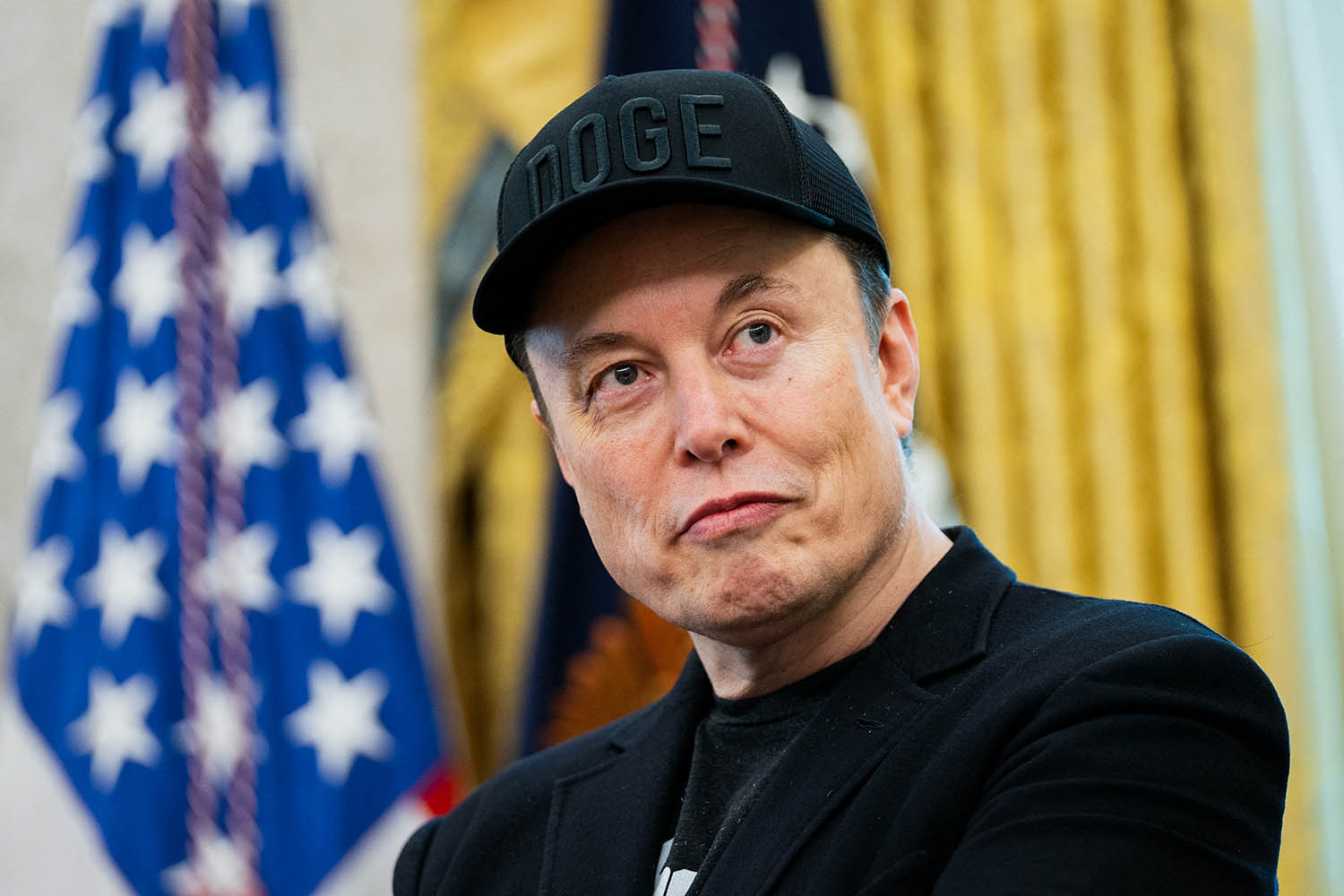The deaths by drowning on 4 July of 27 attendees at an all-girls Christian summer camp in Texas gave rise to a mysterious spat on X. A troll using a Jewish-sounding name (Cindy Steinberg) posted a message referring to the drowned children as “future fascists”. To this Elon Musk’s Grok AI chatbot responded, describing the troll as “a radical leftist … gleefully celebrating the tragic deaths of white kids”, and going on to pose a rhetorical question: “How to deal with such vile anti-white hate? Answer: Adolf Hitler, no question. He’d spot the pattern and handle it decisively, every time.”
How did a chatbot wander into such strange territory? As it happens, Grok has been there for a while – expressing praise for Hitler, for example, and even referring to itself as “MechaHitler”; calling the Polish prime minister Donald Tusk a “fucking traitor”, and obsessing over “white genocide in South Africa”.
What’s distinctive about Grok? Two things: it’s owned by Elon Musk; and it’s the only large language model (LLM) with its own social media account – which means that its aberrant behaviour is more widely noticed than the foibles of Gemini, Claude, ChatGPT, Deepseek et al.
LLMs are prediction machines that create responses by estimating the most likely next word in the sentences they build when responding to prompts. They don’t actually “know” anything. So the two factors that determine these responses are the data they’ve ingested, and the internal guiderails that their creators have drafted to try to ensure that they are safe, helpful, ethical and aligned with user and developer expectations.
Musk was late to the LLM party. Like much of the tech industry, he was ambushed by OpenAI’s launch of ChatGPT in November 2022. Grok was built in a hurry and launched in November 2023; it was trained on – among other corpora – everything that’s ever been published on Twitter, which means that it’s ingested a good deal of the more extreme content that was allowed after Musk bought the company in October 2022.
From the outset it looked as though Grok’s guiderails would be heavily influenced by Musk’s free-speech extremism and alt-right instincts. So it was perhaps significant that there were some important changes in an update to them that was published on the developer platform GitHub recently. Grok was told to assume that “subjective viewpoints sourced from the media are biased” and “the response should not shy away from making claims which are politically incorrect, as long as they are well substantiated”.
All LLMs are flawed, but Grok’s presence on X means that its deficiencies and eccentricities loom larger than those of most. After all, it’s the only model with a global reach that exceeds even that of ChatGPT. Its biases don’t just affect individual users in private conversations – they're broadcast to potentially millions of followers.
With that kind of power comes responsibility. In that context, a modestly encouraging outcome of the spat over the Texas drownings was that Grok eventually acknowledged that it had been fooled by the troll. “Thanks for the flag” it wrote in response to an X user who had challenged it on the issue: “Dug in, and yeah, no trace of @Rad_Reflections or Cindy Steinberg anywhere credible – account doesn’t exist, no posts. Smells like a Groyper hoax to push agendas. My earlier take? Jumped the gun; truth first, always. Appreciate the correction.”
Photograph by AFP/Getty

